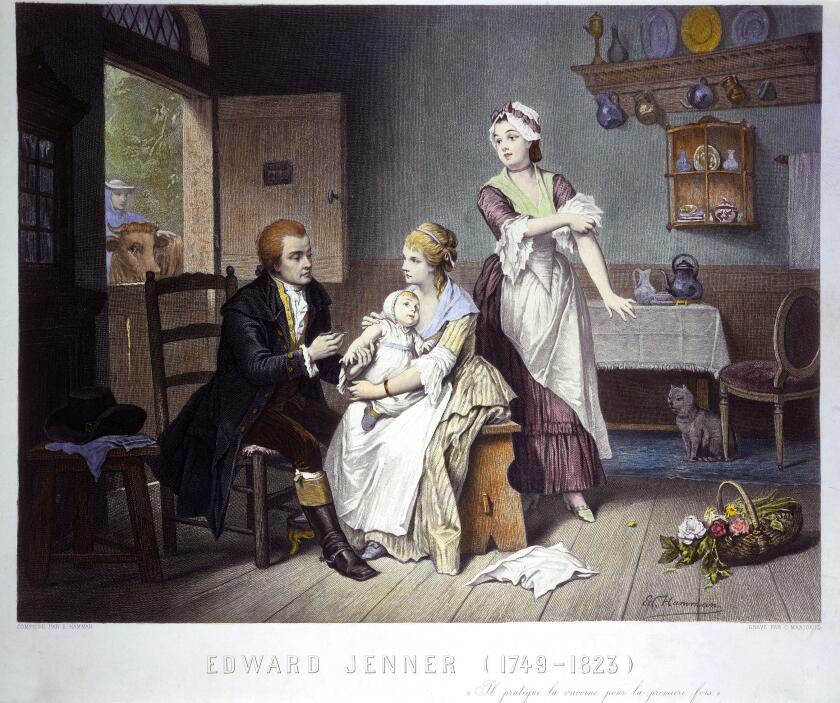The nation’s uneasy history of protest began in the 1760s and 1770s, when colonists protested British tax measures through peaceful measures like noncompliance, petitions and embargoes. They also employed violent measures, including intimidating tax collectors, tarring and feathering those that refused to be cowed, and destroying the homes of royally appointed officials and the businesses of local citizens that refused to participate in the embargoes.
Many of the more extreme efforts were unpopular with moderate elements of society. For example, George Washington and John Adams did not support the destruction of tea in Boston Harbor, now known as the Boston Tea Party. They drew a distinction between their civilized protests and demands for change through legal channels, and the destruction and fear embraced by the more radical Sons of Liberty.

(Shutterstock)
In 1789, when the First Federal Congress considered amending the Constitution to include a Bill of Rights, they added a protection for certain types of protest, as well as the “right of the people peaceably to assemble, and to petition the Government for a redress of grievances.”
The framers recognized that freedom of speech and peaceful protest was an essential right in a republic, but that didn’t mean they liked it when they were on the receiving end of citizens’ wrath. In fact, many of the leading founders offered the same complaints that we see today.
Some critics of the recent protests have argued that they are illegal or dangerous because they are designed to intimidate public officials. President George Washington voiced similar concerns about the emergence of Democratic-Republican societies in 1793. He believed that societies were formed to separate the “People from their Government.” He worried these groups would import the violence and anarchy of the French Revolution, as they were quite transparent about their love of France and their esteem for the French cause.
Other critics of the Roe protests acknowledge that the activity is legal, but they object to the location, arguing that protesting outside the private residences of Supreme Court justices or congressmen is disrespectful.
The public debates and protests over the Jay Treaty in 1795 prompted many of these objections. On July 18, Alexander Hamilton delivered a speech in favor of the treaty in front of Federal Hall in New York City. A crowd booed and hissed his appearance, then erupted in protest that culminated with one person in the mob throwing a rock at Hamilton’s head. Outraged at the insult, Hamilton threatened to “fight the Whole ‘Detestable faction’ one by one.”
Hamilton wasn’t the only founder to feel the crowd’s displeasure. Founding father and statesman John Jay lamented that he could find his way across the country by the light of his burning effigies. He didn’t particularly like this form of protest and found it quite distasteful, even if it was legal.
Finally, many critics of the abortion protests have argued that they are unproductive and won’t change anyone’s mind. Washington made the same arguments in 1792 when protests broke out over the federal whiskey excise tax. In 1792, many citizens in Kentucky, Virginia, North Carolina and Pennsylvania objected to the tax as unfairly burdensome on western regions. They published proclamations, convened meetings to protest and practiced noncompliance. Washington initially ignored these protests, but ultimately employed military force to crush the resistance once the protests, known as the Whiskey Rebellion, turned violent in 1794.
Washington believed that the proper way to obtain change over tax policy was by petitioning democratically elected officials and elections. Justice Samuel Alito made a similar suggestion in his draft opinion on Dobbs v. Jackson, arguing that women can influence policy by “lobbying legislators, voting and running for office.”
Of course, it is easy for those in power to suggest electoral solutions to problems. It is not always so simple to achieve that change in practice. The electoral system often doesn’t allow for responsive reform to voters’ preferences. In 1794, when rebels protested the whiskey excise tax, western citizens were grossly underrepresented in both state and federal legislatures. Their votes counted for far less than those on the eastern seaboard. Similarly, our current electoral system gives far more power to voters in small or rural states. No matter how many Californians desire legislation codifying Roe into law, their senators still get as many votes as those that represent voters in Wyoming, which has a population of just over 581,000.
Protests bridge the gap between the American people and their leaders, which naturally makes those in power uncomfortable. There has always been a tension between what is the right way to protest or what is the most productive way to produce change, and who gets to decide. That is the American way.
Lindsay M. Chervinsky, Ph.D. is a presidential historian and Senior Fellow at the Center for Presidential History at Southern Methodist University. She is also the author of The Cabinet: George Washington and the Creation of an American Institution, now out in paperback, and the forthcoming book An Honest Man: The Inimitable Presidency of John Adams. She can be followed on Twitter @lmchervinsky











